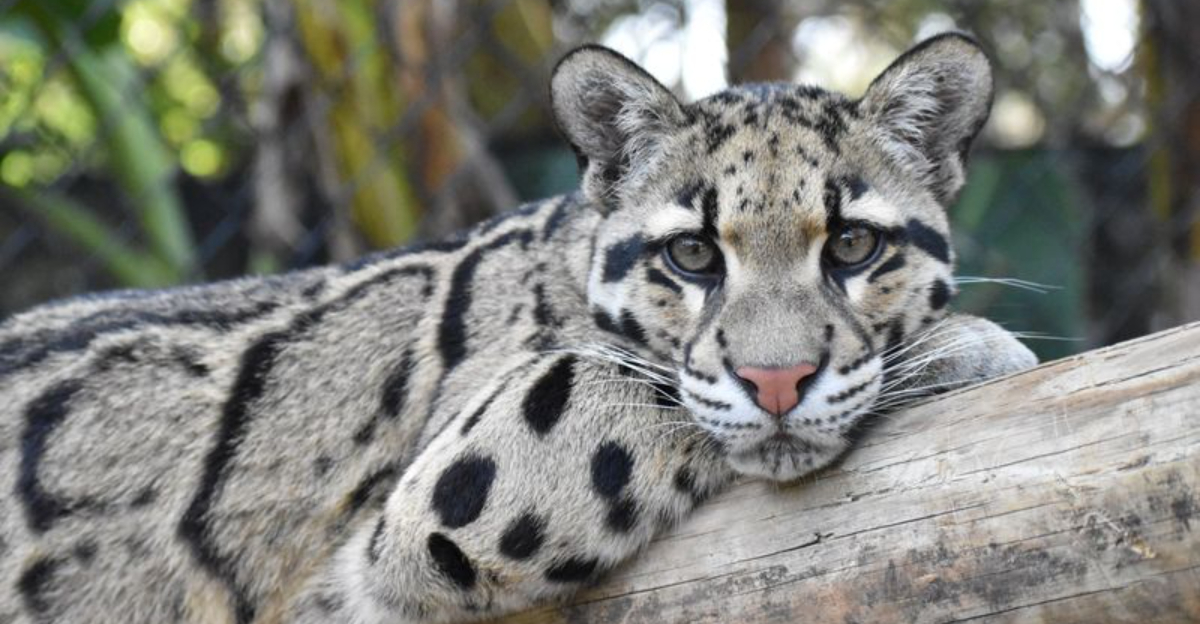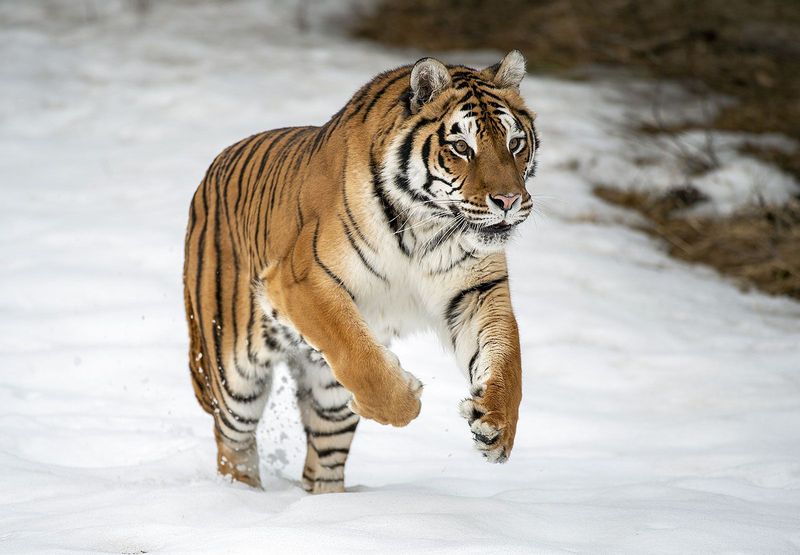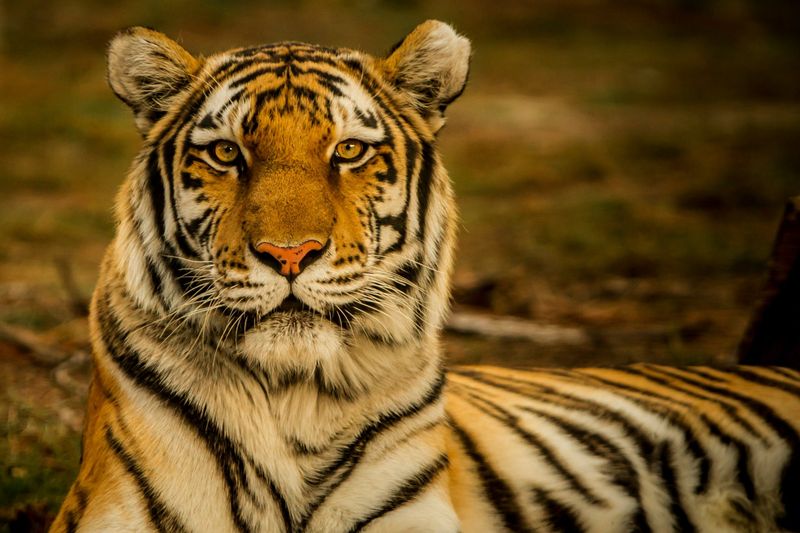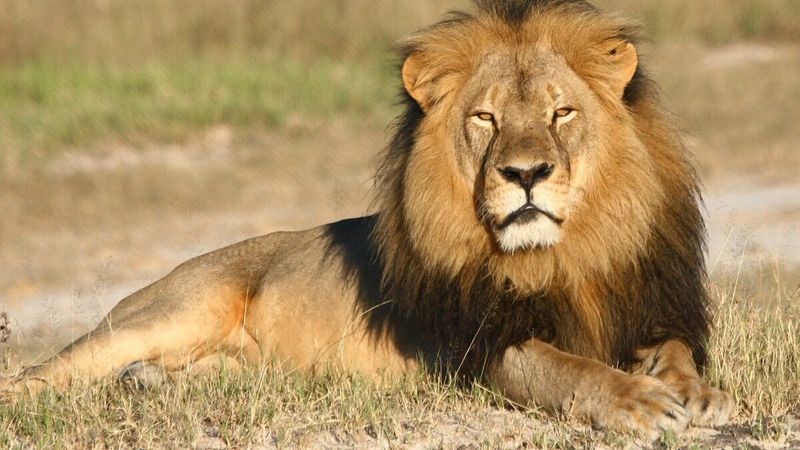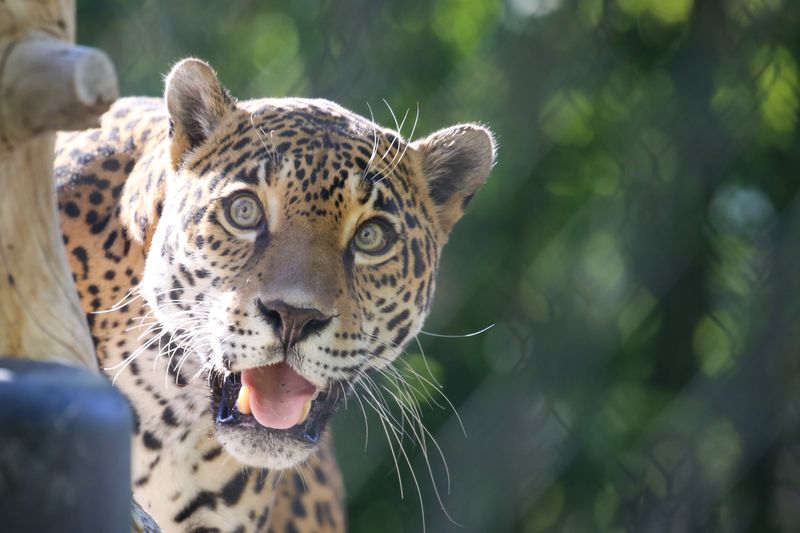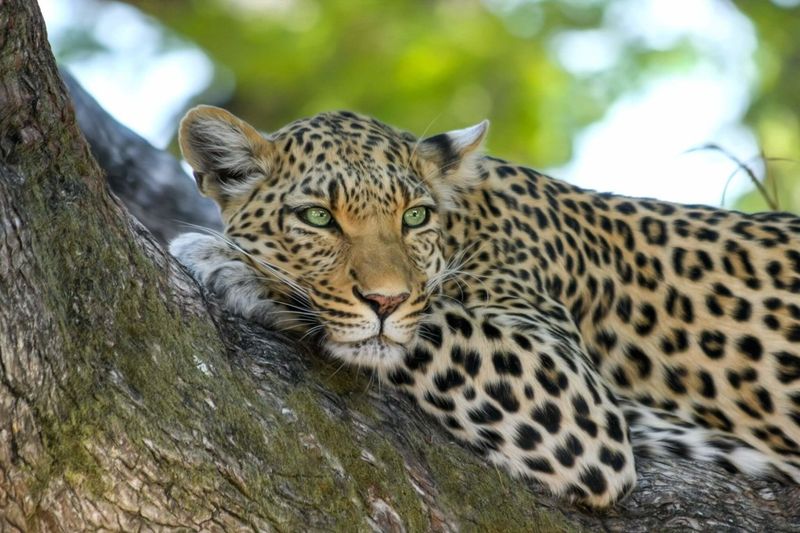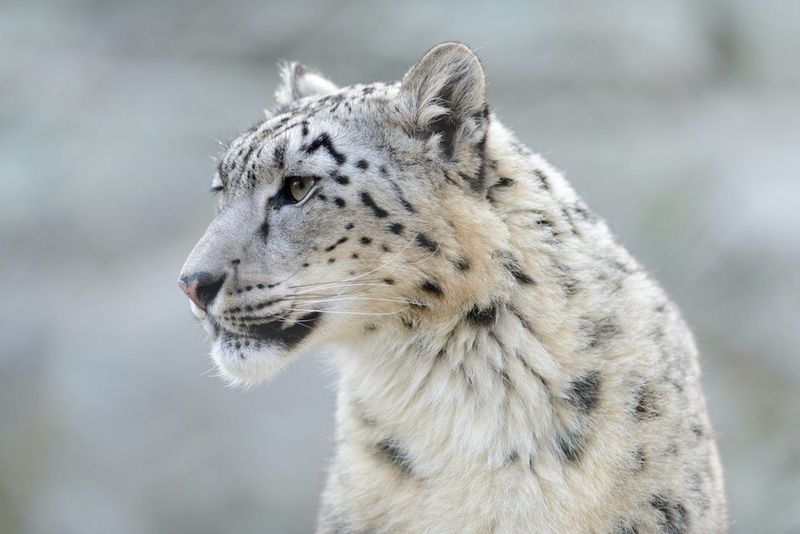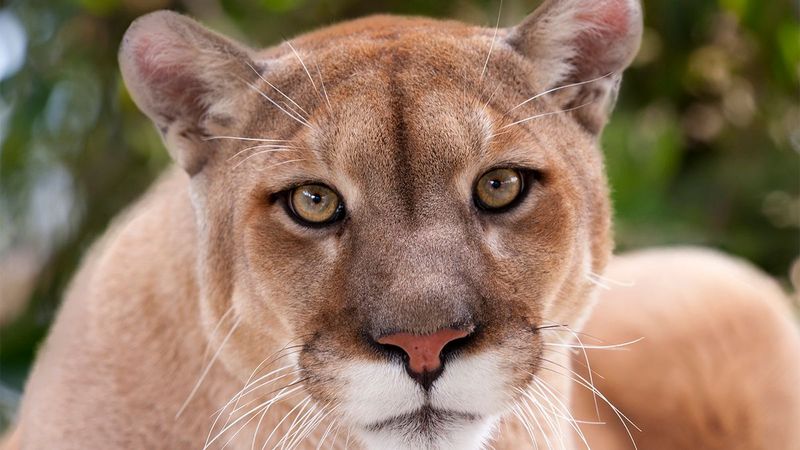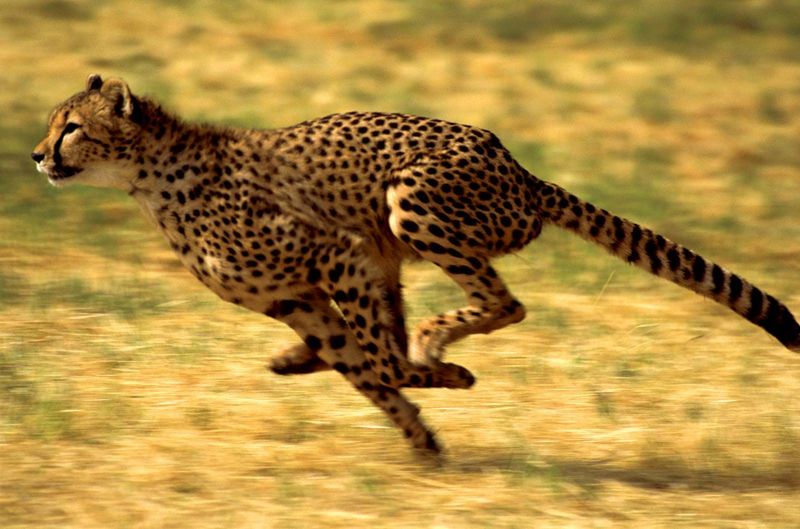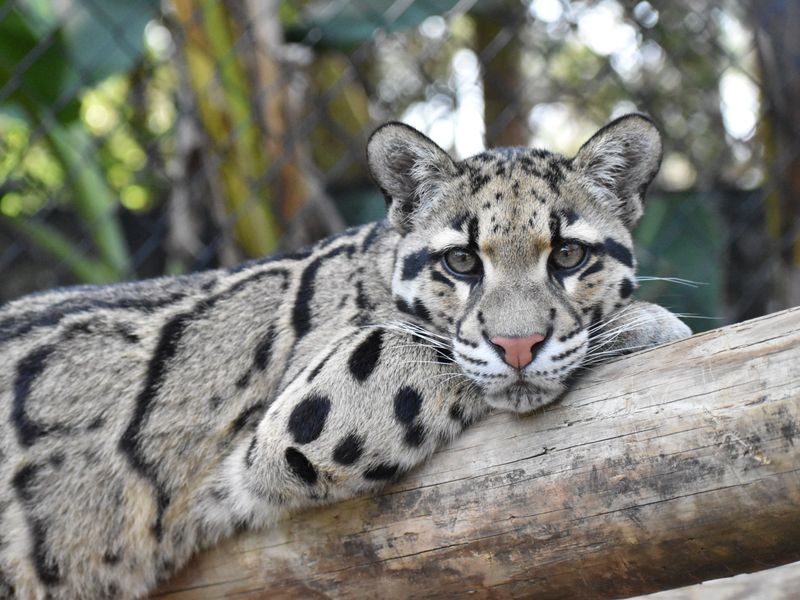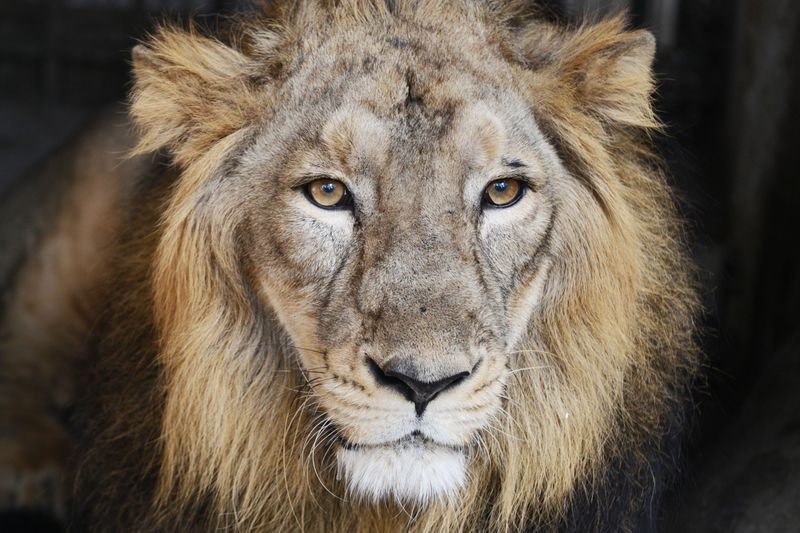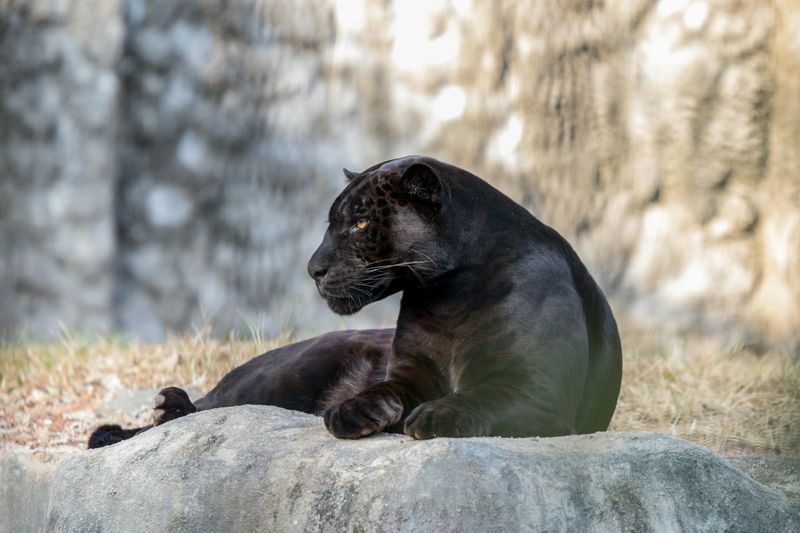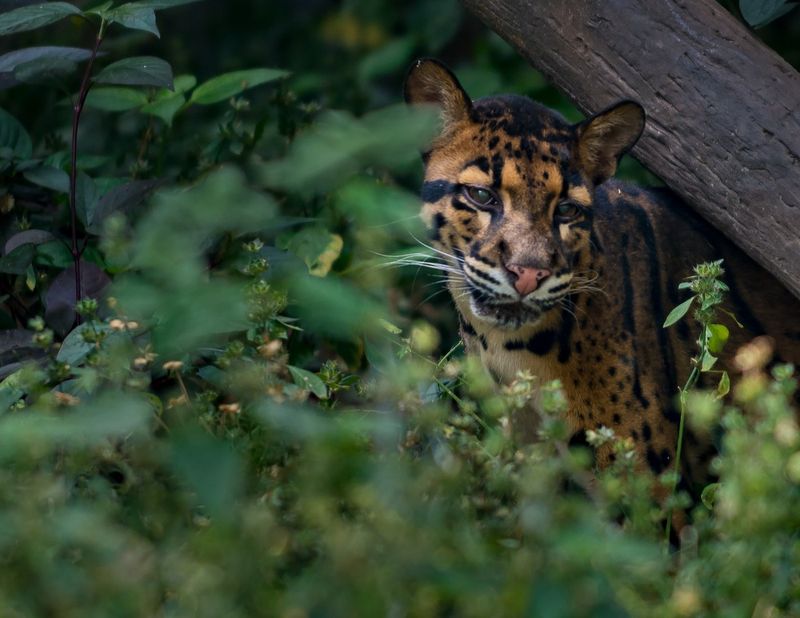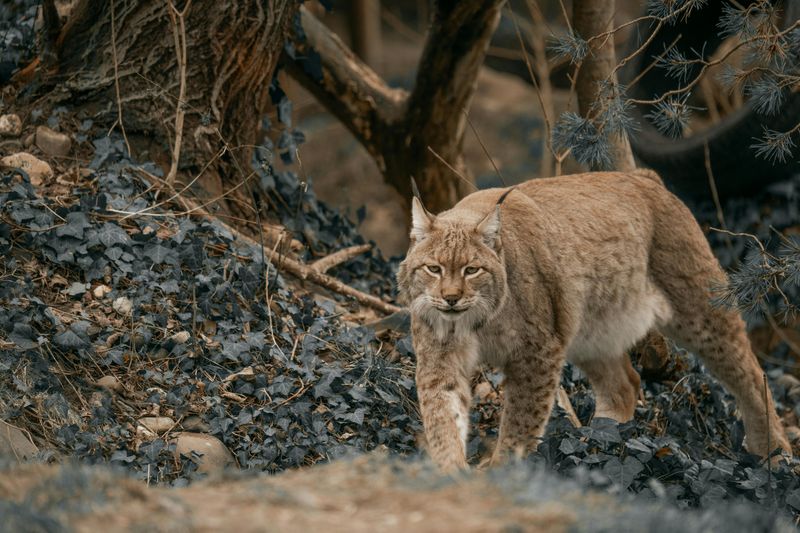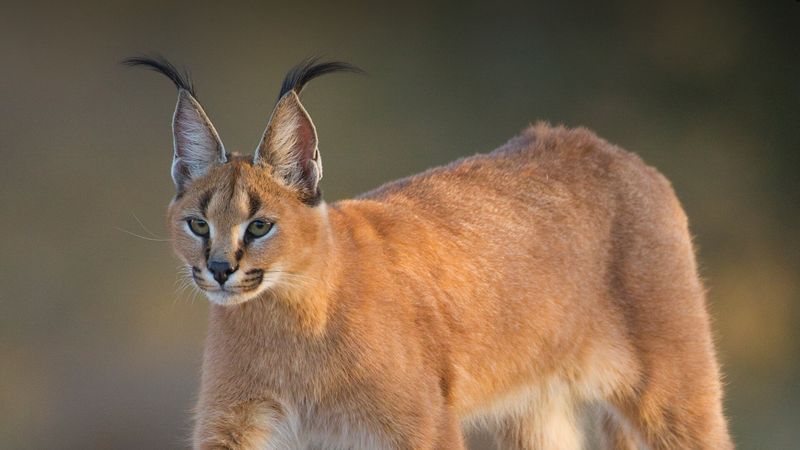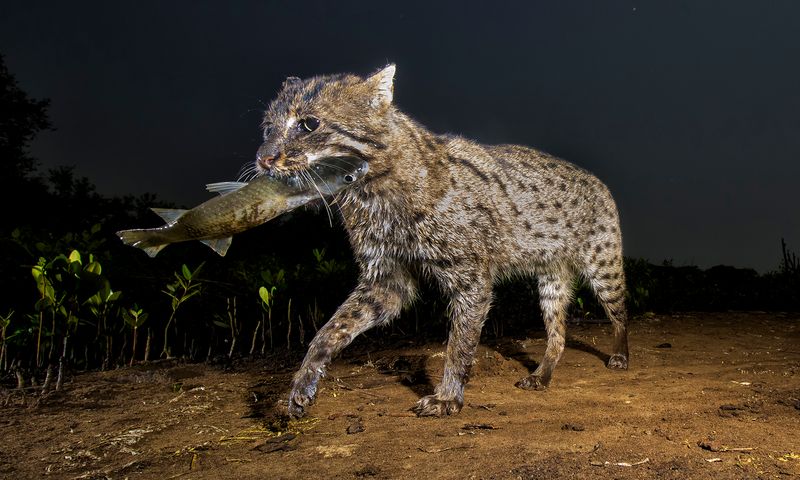📖 Table of Content:
Majestic and powerful, big cats have fascinated humans for centuries with their unmatched strength and grace. Their combination of agility, intelligence, and lethal hunting skills makes them some of the most formidable predators in the wild. Across diverse landscapes, from icy tundras to dense jungles, these creatures have evolved unique adaptations that allow them to dominate their habitats.
Each big cat species possesses distinct characteristics that set them apart as exceptional hunters. Some rely on raw strength, while others use stealth, speed, or specialized skills to capture their prey. Whether stalking the grasslands of Africa or blending into the forests of Asia, these predators exemplify nature’s perfect balance of beauty and danger.
This post highlights 15 of the most fearsome big cats, showcasing their incredible abilities and the challenges they face in the wild. As human activity continues to threaten their existence, understanding these magnificent animals is more important than ever. By exploring their world, we can appreciate their role in maintaining ecological balance and advocate for their conservation.
1. Siberian Tiger
Also known as the Amur Tiger, this wild cat roams the snowy forests of Russia. Known for its massive size, it is the largest of the big cats. Its thick fur acts as insulation against the harsh Siberian winters. These solitary predators are masters of stealth, stalking their prey silently before launching an attack. Despite their strength, Siberian Tigers face numerous threats, including poaching and habitat loss. Conservation efforts are crucial to ensure their survival. The Siberian Tiger’s ability to adapt to cold climates distinguishes it from other tiger species, showcasing the diversity of nature.
2. Bengal Tiger
Bengal Tigers are native to the dense forests and mangroves of India and Bangladesh. They are renowned for their striking appearance, with a vivid orange coat and bold black stripes. These tigers are powerful swimmers and often hunt in water. Living in such biodiverse regions, they play a critical role in maintaining the ecological balance. However, they are endangered due to habitat destruction and human conflict. Preserving their habitat is essential for their survival. Bengal Tigers symbolize the wild beauty of South Asia, embodying both ferocity and grace in their natural habitat.
3. African Lion
Often dubbed the ‘king of the jungle’, the African Lion is a symbol of strength and bravery. Lions live in prides, showcasing their social nature. Males are easily recognizable by their impressive manes. These apex predators dominate the African savanna, hunting in coordinated groups. Unfortunately, their numbers are declining due to habitat loss and poaching. Conservation programs focus on protecting these majestic animals and their habitats. The African Lion’s roar echoes across the plains, a testament to its status as one of nature’s most formidable creatures. Their role in the ecosystem is irreplaceable.
4. Jaguar
Jaguars are the largest cats in the Americas, revered for their strength and agility. Their powerful jaws can crush the skulls of prey with ease. Jaguars are solitary hunters, often found in tropical rainforests. Their distinctive spots provide excellent camouflage in the dappled sunlight. Sadly, deforestation threatens their habitat, pushing them closer to human settlements. Protecting their environment is vital for their continued existence. Jaguars symbolize the mysterious allure of the rainforest, embodying power, grace, and the untamed spirit of the wild. Their adaptability to various habitats is remarkable.
5. Leopard
These incredibly versatile big cats are found across Africa and parts of Asia. Known for their climbing prowess, they often drag their prey into trees to protect it from scavengers. Their spotted coats serve as camouflage, allowing them to blend seamlessly into their surroundings. Leopards are solitary and elusive, making them a rare sight in the wild. Despite their adaptability, they face threats from habitat encroachment and poaching. Conservation efforts aim to safeguard these magnificent creatures. Leopards exemplify stealth and strength, their adaptability making them unparalleled survivors in diverse environments.
6. Snow Leopard
Snow Leopards inhabit the high-altitude regions of Central Asia, perfectly adapted to the cold, rugged terrain. Their thick fur provides insulation, while their long tails help maintain balance on steep slopes. These elusive cats are skilled hunters, relying on stealth and ambush tactics. Human-wildlife conflict and climate change pose significant threats to their survival. Efforts to mitigate these threats include community conservation programs. Snow Leopards are often called ‘ghosts of the mountains’ due to their elusive nature and solitary behavior. They embody the resilience and mystery of the high Himalayas.
7. Cougar
Cougars, also known as mountain lions or pumas, are found across the Americas. These adaptable felines thrive in a variety of habitats, from forests to deserts. Known for their powerful hind legs, they are excellent jumpers, able to leap great distances. Cougars are solitary and highly territorial, rarely seen despite their widespread presence. Habitat fragmentation and human encroachment threaten their populations. Protecting corridors and reducing conflicts are crucial for their conservation. Cougars epitomize adaptability and stealth, navigating diverse landscapes with ease. Their role as apex predators maintains the ecological balance.
8. Cheetah
Found primarily in Africa, they thrive in open savannas. Their slender bodies and long legs are perfectly adapted for high-speed chases. Unlike other big cats, cheetahs hunt during the day, relying on their keen eyesight. However, they face challenges from habitat loss and competition with larger predators. Conservation efforts focus on habitat preservation and breeding programs. Cheetahs symbolize grace and speed, their unique adaptations making them fascinating subjects of study. Observing a cheetah in full sprint is breathtaking.
9. Clouded Leopard
Clouded Leopards inhabit the forests of Southeast Asia, known for their beautiful cloud-like spots. These medium-sized cats are adept climbers, often seen navigating the treetops with ease. Unlike many big cats, they have relatively short legs and long bodies, aiding their arboreal lifestyle. Deforestation poses a significant threat to their habitat and survival. Conservation efforts are essential to protect these unique felines. Clouded Leopards captivate with their mystical appearance and elusive nature, representing the hidden wonders of the forest. Their adaptations highlight the diversity and complexity of the animal kingdom.
10. Asiatic Lion
These wild cats once roamed across Asia, but now only a small population remains in India’s Gir Forest. They are slightly smaller than African Lions, with a less prominent mane. These social cats live in prides and are active hunters. Habitat loss and human conflict have reduced their numbers, making conservation efforts critical. Initiatives focus on habitat protection and minimizing human-wildlife conflicts. Asiatic Lions symbolize the rich biodiversity of India and the challenges of wildlife conservation. Their presence in the Gir Forest is a testament to successful conservation strategies and the importance of preserving natural habitats.
11. Black Panther
Often mistaken for a separate species, Black Panthers are actually melanistic leopards or jaguars with a dominant black coat. This unique coloration provides excellent camouflage, especially during nocturnal hunts, allowing them to move undetected in the darkness. Found in various regions across Africa and Asia, these mysterious felines are rarely seen, adding to their enigmatic reputation. Their striking appearance has long been associated with mysticism and the unknown, making them symbols of both power and secrecy. Despite their adaptability, these elusive predators face growing threats from habitat destruction and illegal poaching. Conservation efforts are crucial in ensuring their survival, as their numbers continue to decline in the wild.
12. Sunda Clouded Leopard
The Sunda Clouded Leopard resides in the dense rainforests of Borneo and Sumatra. Similar to its mainland cousin, it features unique cloud-like spots. These cats are skilled climbers, often seen resting in the trees. They are elusive and solitary, making sightings rare. Habitat loss due to deforestation is a major threat to their survival. Conservation efforts focus on protecting their environment and understanding their behavior. The Sunda Clouded Leopard symbolizes the rich biodiversity of Southeast Asia and the importance of rainforest conservation. Their enigmatic nature adds to their allure, sparking curiosity and admiration.
13. Eurasian Lynx
Recognizable by its tufted ears and short tail, it is well adapted to cold environments. These solitary predators rely on stealth and ambush tactics to catch prey. Reintroduction programs in Europe have helped stabilize their populations. However, habitat fragmentation remains a concern. Eurasian Lynxes play a crucial role in controlling rabbit and deer populations, maintaining ecological balance. Their elusive nature and adaptability make them fascinating subjects of study, embodying the resilience of nature.
14. Caracal
Known for their striking tufted ears, caracals are medium-sized wild cats native to Africa and the Middle East. Their powerful hind legs give them exceptional leaping ability, allowing them to catch birds in mid-air with impressive precision. Adaptable to diverse environments, they thrive in savannas, forests, and even semi-arid regions, showcasing their resilience in the wild. Caracals are solitary and highly territorial, using scent markings to define their range. While they are skilled hunters, their existence is increasingly threatened by habitat loss and human conflicts. Hunting and land encroachment continue to challenge their survival, making conservation efforts crucial for protecting their populations.
15. Fishing Cat
Unlike most cats, they are skilled swimmers, often hunting fish in rivers and streams. Their partially webbed feet aid in swimming, while their dense fur keeps them warm. Habitat destruction and pollution threaten their wetland homes, making conservation important. Efforts focus on preserving wetlands and educating local communities. Fishing Cats represent the unique adaptations of wildlife to their environments, showcasing the diversity of the feline family. Their ability to thrive in aquatic habitats highlights the complex interactions between species and ecosystems.
